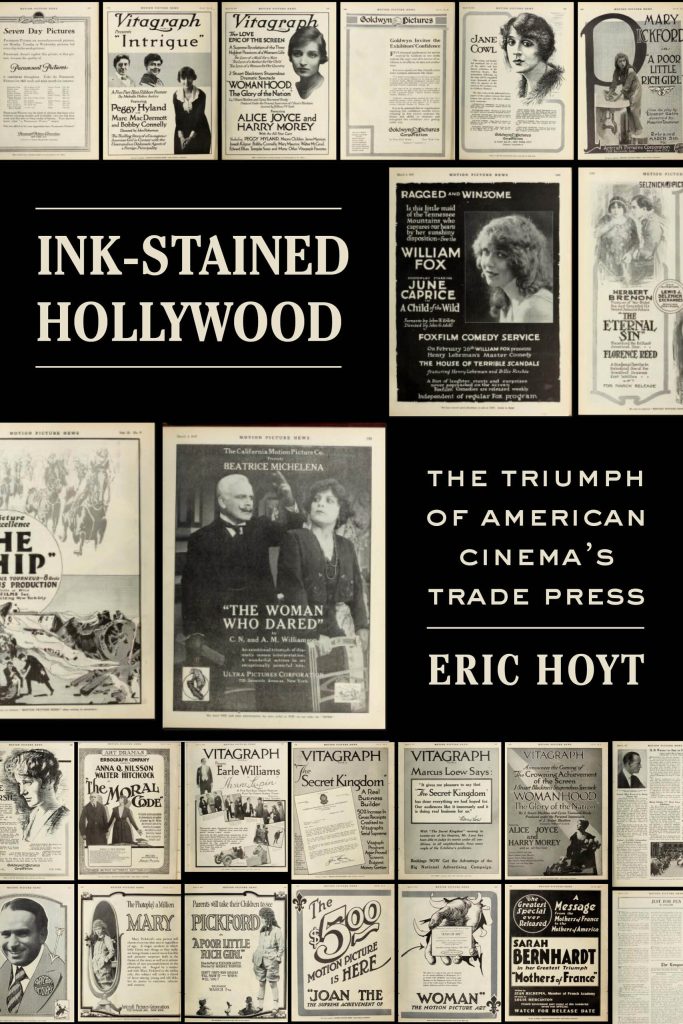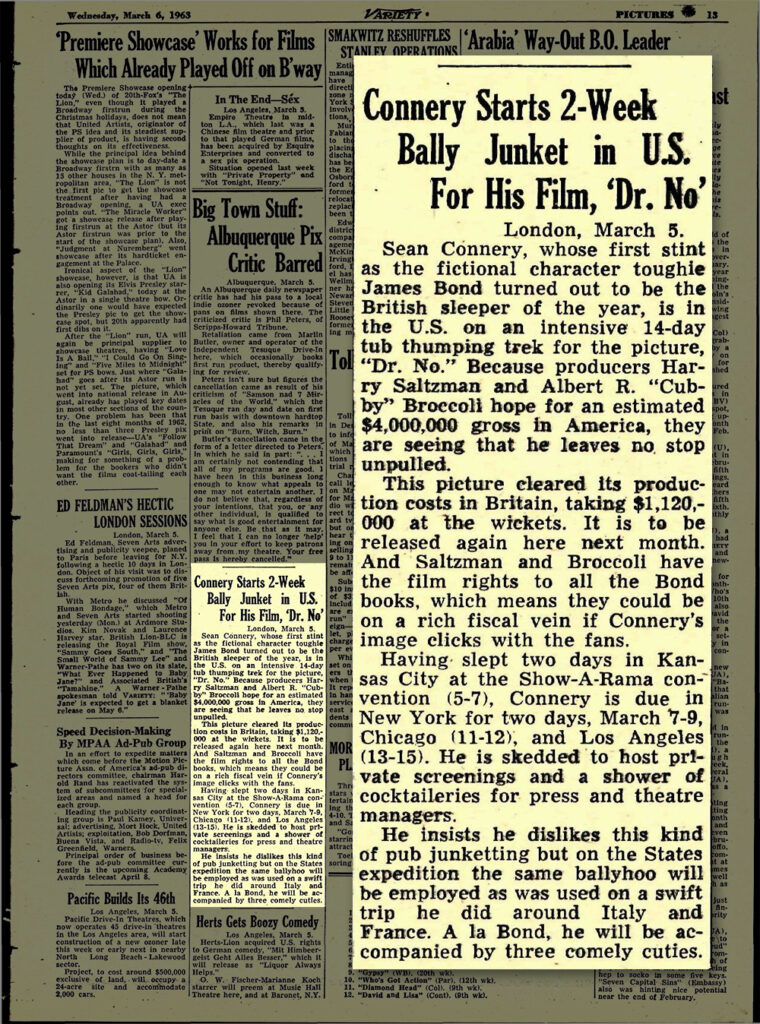Ink-stained Hollywood
Madrid, May 14, 2022
For many decades, journalists at the old Variety office on West 46th Street referred to themselves as “ink-stained wretches” or “galley slaves”, self-mocking monikers that were prompted by the configuration of the elongated editorial room where they sat at their manual typewriters. At the head of the row of reporters, on a raised dais, next to the picture window that overlooked 46th Street, sat the publisher Syd Silverman and a series of editors-in-chief, though I believe they never cracked any proverbial whip over the “galley slaves”. The most famous of those sitting on the dais with Syd over the years were Abel Green, Bob Landry, Bob Hawkins, Mark Silverman and Frank Meyer.
The “ink-stained” monicker has now been used as the title of a new book that zeroes in on the early era of show biz jounalism called “Ink-Stained Hollywood: The Triumph of American Cinema’s Trade Press”. Its author is Eric Hoyt, a professor of Media Production at the University of Wisconsin, in Madison. and is published by the University of California Press.

Given the credentials of its author and the publisher, it is no surprise that this is a serious, academical work which does not shy away from analyses and historical details
To my knowledge, it is the first book published since my own Inside Variety (2000) that mentions some of Variety’s early protagonists, starting with Sime Silverman, but also referring to Daily Variety’s first editor-in-chief, Arthur Ungar, and others. In consonance with the title of the book, Hoyt concentrates mostly on film activities in Hollywood and when he writes of “Variety” it is usually Daily Variety that he is referring to, not the New York-based weekly.
However, a number of pages in the book are also dedicated to slanguage (Hoyt also uses the term “industry speak” which is a modern expression). His research has been thorough as he dipped into the trade press of the early part of the 20th century, and he even makes mention of the New York Clipper, a trade mag of the 1920’s which Sime acquired but then folded a year later. Also covered in the book is some of the infighting among the vaudeville moguls of the time.
If Hoyt’s book remains in the purely academical vein, eschewing any attenmpt at evoking the atmosphere of the early Variety years and the muggs that worked on it, it is notwithstanding a welcome, well-written addition to a subject – old show biz journalism – which seems to have been largely ignored since the publication of my own book. PB



